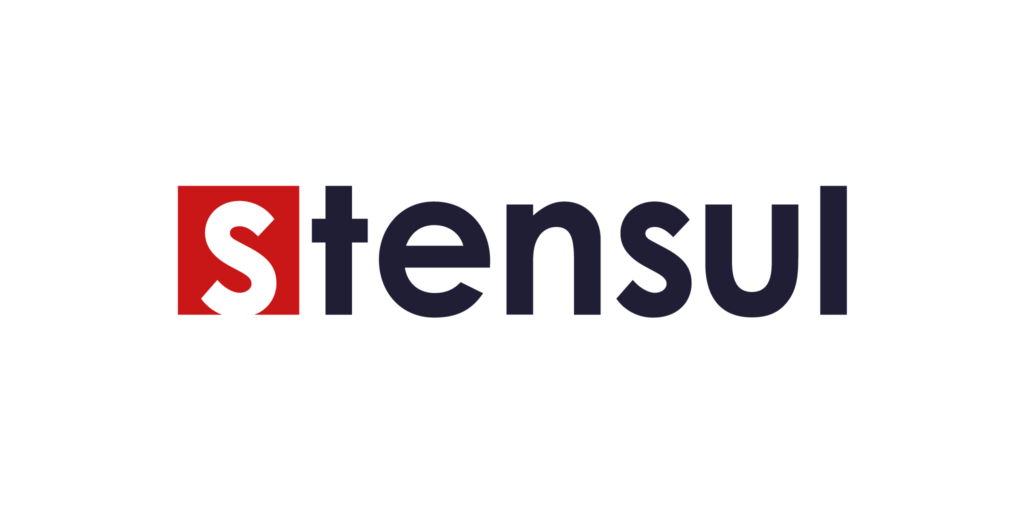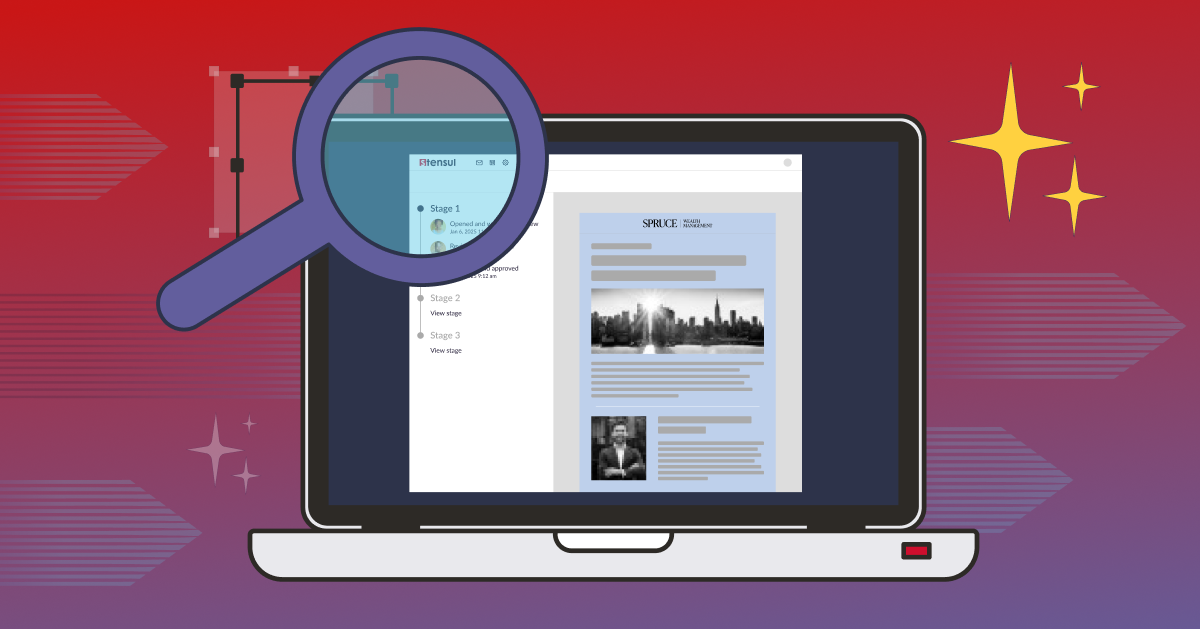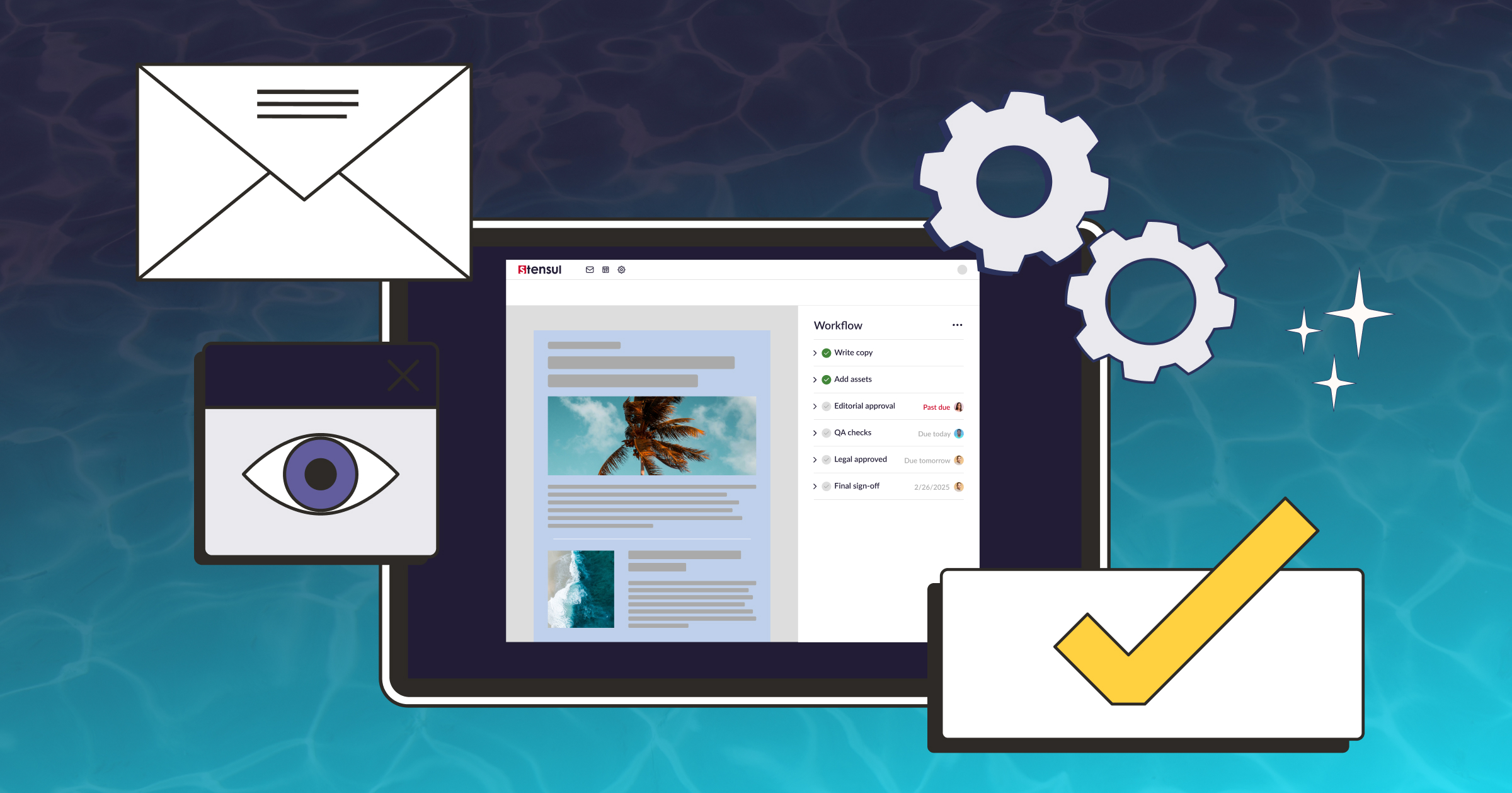2020 has been an unexpected year in many ways, to say the least. Organizations have had to think on their feet and embrace agile marketing practices like never before in order to get accurate, time-sensitive information out and best serve their audiences.
So how are designers approaching the need to maintain brand guidelines and provide stand-out emails that catch consumers’ attention while ensuring emails can be sent swiftly and efficiently? Here are some of the biggest design trends we’ve seen in enterprise email design this year and what we expect to see continued through 2021.
1. Design with ADA in mind
ADA regulations are something that every email creator is hopefully aware of by now. These regulations help ensure that folks with disabilities are able to take in your content, including things like alt text descriptions and descriptive subject lines. ADA compliance is a common courtesy, yes, but it’s also a legal matter– and an expensive one, at that. Organizations can be fined $75,000 for their first compliance failure, so it’s no wonder that ADA-friendly design is a priority for creators.
Strong contrast between text and background colors is key for ADA regulations, and using semantic code when building emails helps provide enough space around text blocks. Make sure that all pre-designed elements in an email creation solution (like templates) automatically comply with ADA regulations.
2. Condensed copy
“Talk less. [Show] more.” — Hamilton, the musical (kind of).
Alright, while that quote from Aaron Burr’s character is a bit of a stretch in this context, the tune keeps popping into some of our heads while we craft email copy because the sentiment is very relevant. In all emails, but especially if your content is time-sensitive, it’s important not to bog down your audience with paragraphs of text, no matter how eloquent your copywriters are. Concise copy that conveys your messages and tells an engaging story is key to hooking readers and driving action.
It’s one thing to get them to open your send with a snappy subject line — but what you really want are those clicks, so make sure you’re not deterring any customers with extraneous text.
3. Segmentation and personalization
Your consumers want to feel like your organization is really listening to them and able to solve their individual pain points. A whopping 80% of consumers said they’re more likely to shop with brands that provide personalized experiences, and 70% of millennials become frustrated when brands supply them with impersonal emails. Improved AI and machine learning capabilities are able to source consumer persona information from a huge database of information, ensuring that personalization and segmentation capabilities have never been more sophisticated.
Working with pre-designed templates, personalized copy and images can be added into segmented emails swiftly and accurately, ensuring that your organization makes the most out of your data and sends emails that are more likely to deliver results.
4. Mobile, mobile, mobile
Email consumption on mobile devices has steadily risen over the last decade. This means mobile optimization (responsive emails, etc) is no longer an optional part of your email creation and strategy — your text should live in fonts that work well across email clients and images should be both quick to download (i.e. not too massive!) and ADA compliant
One of the most notable design trends to crop up over the past couple of years is the popularity of dark mode especially on mobile devices. Images should have a colored or transparent background to avoid a white box background showing up on a dark screen, and text and CTA buttons all need to be optimized for light and dark mode viewing.
5. Templates and modules
Building emails with templates and modules (or better yet, with a creation platform that utilizes templates and modules along with team collaboration functionality) is key to ensuring that your enterprise organization can deliver routine emails like newsletters and pre-planned campaigns, as well as time-sensitive changes and updates, all while adhering to brand guidelines and ADA regulations. If you are not working with email templates and modules, and are instead designing or coding every email from scratch, it will be very difficult for your organization to keep up with the increasing amount of requests for emails and other digital assets.
Working within an email creation platform is one of the best ways to save your creation team time while adhering to the most relevant email design trends. To find out how stensul can help your enterprise organization meet all of your email design and send goals, schedule a demo with an email creation expert.




